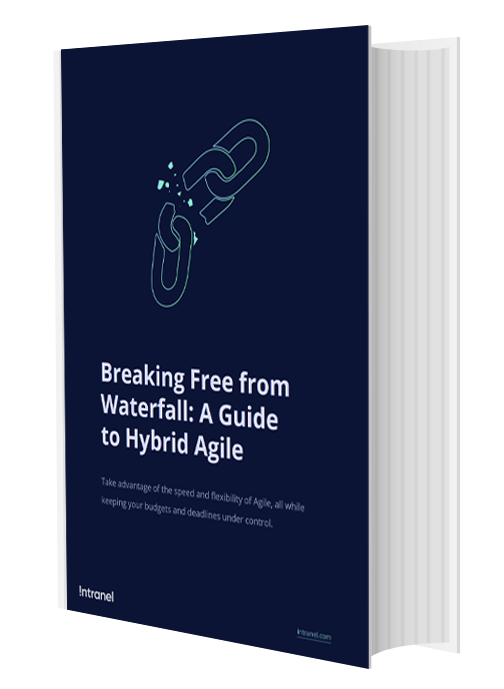Complex software projects with significant uncertainty are best delivered using agile methodologies. However, many organisations continue to use the waterfall-style delivery process, driven by traditional fixed-price contracts. Why?
The waterfall approach focuses on detailed requirement gathering and documentation. It tries to anticipate everything the software will need to do months or years from now. Let’s be honest—you can rarely get the requirements 100% right. Businesses change and evolve after the requirement spec is developed. This is why waterfall is rarely successful for complex software projects.
On the contrary, Agile allows feedback from stakeholders and customers at the time a feature is being built, to make sure it meets the actual need. All successful software projects are built using this approach. But there’s a perception that agile means open-ended budgets and time frames, so it is understandable that organisations are cautious about it.
With this in mind, here at Intranel, we’ve developed a Hybrid Agile approach that we’ve been successfully using to manage complex projects. This approach gives clients the speed and flexibility of agile, while allowing them to stay within managed budgets and time frames.

Get access to this eBook and discover:
- What is hybrid Agile and why is it a better approach for complex software projects?
- Procurement pitfalls and how to avoid being locked into a Waterfall project
- How the Minimum Viable Product (MVP) approach can provide a clear scope, budget, and timeline, while also allowing for flexibility and adaptability
- Ten best practices for managing complex software projects using hybrid Agile
Want to discuss how your next project can benefit from a hybrid agile approach? Drop us an email at contact@intranel.com.
